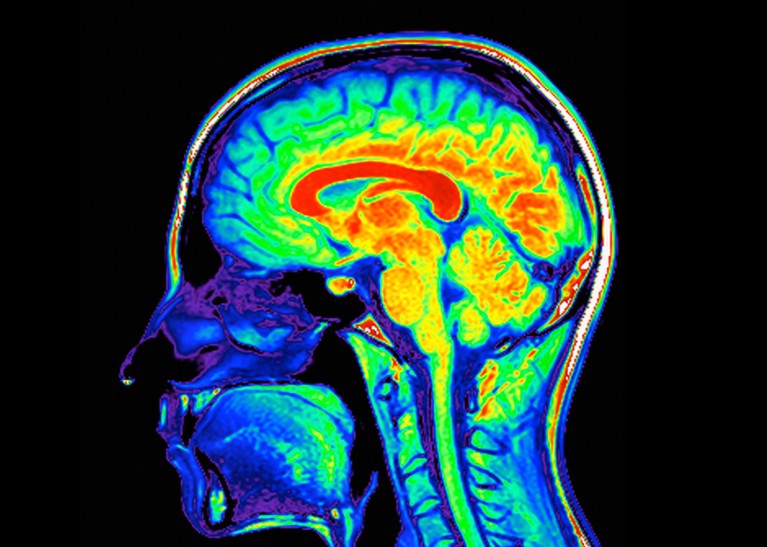[ad_1]
Auriculares CMF Buds Pro 2 El CMF Buds Pro 2 se lanzó en India el lunes junto con el CMF Phone 1 y el CMF Watch Pro 2. Los verdaderos auriculares inalámbricos CMF Buds Pro 2 están equipados con un sistema de controlador dual con un controlador de graves de 11 mm y un tweeter de 6 mm. Viene con certificación Hi-Res Audio Wireless y ofrece sonido impulsado por la tecnología Dirac Opteo. También admite cancelación activa de ruido (ANC) híbrida de hasta 50 dB y se dice que ofrece una duración total de la batería de hasta 43 horas.
Precio y disponibilidad de CMF Buds Pro 2 en India
Los CMF Buds Pro 2 tienen un precio en India de Rs 4299 y estarán disponibles para su compra en el país a partir de las 12 del mediodía IST del 12 de julio a través de Flipkart. La compañía señala que cualquiera que compre Buds Pro 2 junto con el CMF Phone 1 a través del sitio de comercio electrónico será elegible para un descuento de 1.000 rupias. Estos auriculares están disponibles en azul, gris oscuro, gris claro y naranja.
Especificaciones y características de CMF Buds Pro 2
Los CMF Buds Pro 2 cuentan con dos parlantes en cada auricular, incluido un controlador de graves de 11 mm y un tweeter de agudos de 6 mm. Los auriculares admiten hasta 50 dB de cancelación activa de ruido (ANC) híbrida en tres modos: transparente, adaptativo e inteligente. Cada auricular tiene tres micrófonos y está respaldado por funciones de cancelación de ruido ambiental (ENC) para ayudar a que las llamadas sean más claras.
Con tecnología Dirac Opteo, los auriculares TWS admiten codificación Bluetooth y efectos de audio espacial junto con la personalización del ecualizador a través de Nothing. El Smart Dial en el estuche de carga se puede usar para administrar el volumen, así como los modos de cancelación de ruido y más.
Los CMF Buds Pro 2 afirman ofrecer un tiempo de reproducción total de hasta 43 horas, incluido el estuche de carga. Los auriculares están equipados con baterías de 60 mAh cada una, mientras que el estuche de almacenamiento y carga contiene una batería de 460 mAh. Se afirma que el estuche con los auriculares se carga completamente en 70 minutos utilizando el puerto USB tipo C. Los auriculares también admiten conectividad Bluetooth 5.3. Cada uno de estos auriculares TWS pesa 4,9 g; Con la caja pesa 55,8 gramos.
Para obtener lo último Noticias de tecnología Y ReseñasSiga Gadgets 360 en X, Facebook, WhatsApp, Hilos Y noticias de GooglePara ver los últimos vídeos sobre herramientas y técnicas, suscríbete a nuestro canal. Canal de YoutubeSi quieres saber todo sobre los top influencers, sigue nuestra web ¿Quién es 360? en Instagram Y YouTube.
[ad_2]
Source Article Link






